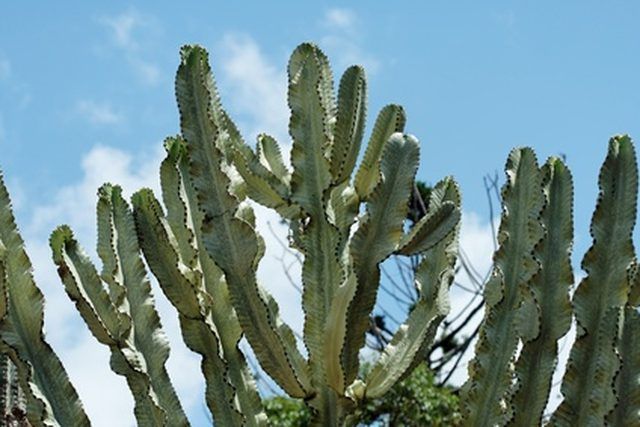Bulbs
Flower Basics
Flower Beds & Specialty Gardens
Flower Garden
Garden Furniture
Garden Gnomes
Garden Seeds
Garden Sheds
Garden Statues
Garden Tools & Supplies
Gardening Basics
Green & Organic
Groundcovers & Vines
Growing Annuals
Growing Basil
Growing Beans
Growing Berries
Growing Blueberries
Growing Cactus
Growing Corn
Growing Cotton
Growing Edibles
Growing Flowers
Growing Garlic
Growing Grapes
Growing Grass
Growing Herbs
Growing Jasmine
Growing Mint
Growing Mushrooms
Orchids
Growing Peanuts
Growing Perennials
Growing Plants
Growing Rosemary
Growing Roses
Growing Strawberries
Growing Sunflowers
Growing Thyme
Growing Tomatoes
Growing Tulips
Growing Vegetables
Herb Basics
Herb Garden
Indoor Growing
Landscaping Basics
Landscaping Patios
Landscaping Plants
Landscaping Shrubs
Landscaping Trees
Landscaping Walks & Pathways
Lawn Basics
Lawn Maintenance
Lawn Mowers
Lawn Ornaments
Lawn Planting
Lawn Tools
Outdoor Growing
Overall Landscape Planning
Pests, Weeds & Problems
Plant Basics
Rock Garden
Rose Garden
Shrubs
Soil
Specialty Gardens
Trees
Vegetable Garden
Yard Maintenance
Euphorbia Cactus Plant Information
Euphorbia Cactus Plant Information. The genus Euphorbia is home to over 1,600 different species of plant. Certain species of Euphorbia with small leaves and spines are often informally referred to as Euphorbia cacti, although they are not true cacti. Other common houseplants of this genus include the croton and the poinsettia.

The genus Euphorbia is home to over 1,600 different species of plant. Certain species of Euphorbia with small leaves and spines are often informally referred to as Euphorbia cacti, although they are not true cacti. Other common houseplants of this genus include the croton and the poinsettia.
Not a Cactus
Like cacti, some species of Euphorbia have small leaves, and many are covered with spines. For this reason, Euphorbia are often mistakenly referred to as cacti. In fact, Euphorbia originated in Africa, whereas cacti are native to the Americas. One easy way to determine whether a plant is from the genus Euphorbia or a cactus is by cutting it open. If the liquid inside is clear, it is a cactus. If the liquid inside is whitish and milky, it is from the genus Euphorbia.
Structure
Because Euphorbia cacti originated in the dry environments of Africa, they evolved certain features to cope with desert conditions. Small leaves, for instance, help them to conserve water. Spines help to protect them from thirsty animals that might otherwise view them as easy sources of water and nutrients. Euphorbia cacti typically bear small, dry fruit known as schizocarps. Euphorbia cacti exhibit a range of statures; some are small, bush-like plants, while at least one type bears a strong similarity to the saguaro cactus.
Classification by Spine Arrangement
The easiest way to differentiate Euphorbias is by type of spine. The most common are stipular spines. Stipular spines are relatively sharp, and are usually arranged in pairs that grow along the ribs of the plant. The second type is the peduncular spine, which are in general less sharp than stipular spines, and are usually found either singly or in groups of three. A third type of spines, where the spine is actually an outgrowth (or bump) on the rib of the plant, is found on Euphorbias endemic to the island of Madagascar.
Reproduction of Euphorbia
Certain members of the genus Euphorbia, including those with peduncular spines, are dioecious. This means that a single plant will contain only male or female reproductive organs. Species of Euphorbia with stipular spines are monoecious, meaning that male and female flowers are present on the same plant. However, only certain Euphorbia are able to fertilize themselves. Any gardener wishing to propagate Euphorbia must know what type she has be successful. Typically, only the species E. groenwaldii and E. ingens are self-fertile; other species will require more than one plant for successful propagation.
Cautions
The sap of Euphorbias contains latex, which some are allergic to. Depending on the species, the sap can also contain any number of other chemicals, some of which are quite dangerous. The sap of some Euphorbias is a skin irritant, so owners should take caution when pruning the plant. Their sap can also contain varying levels of poison, so they should be kept out of the reach of small children.